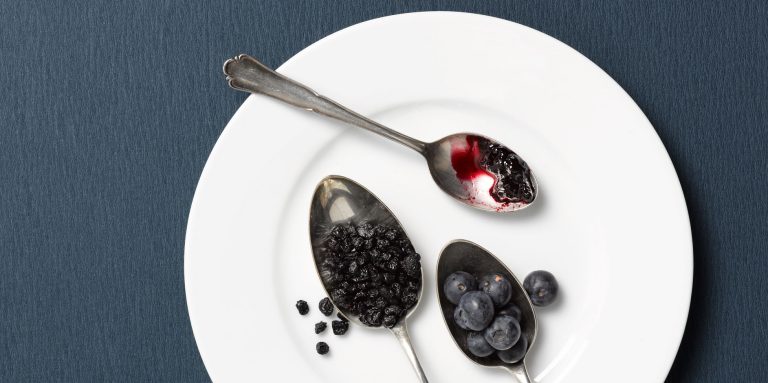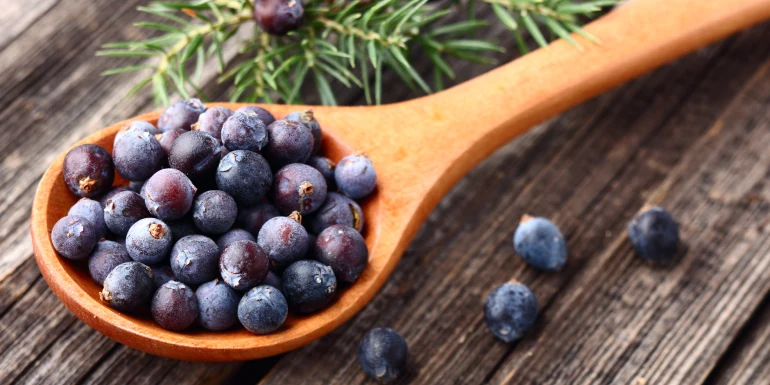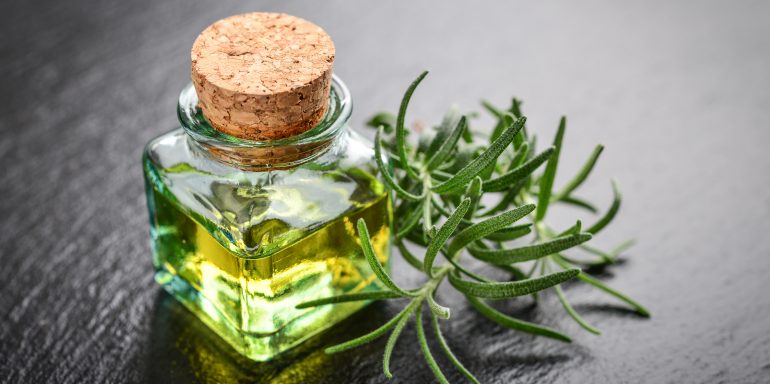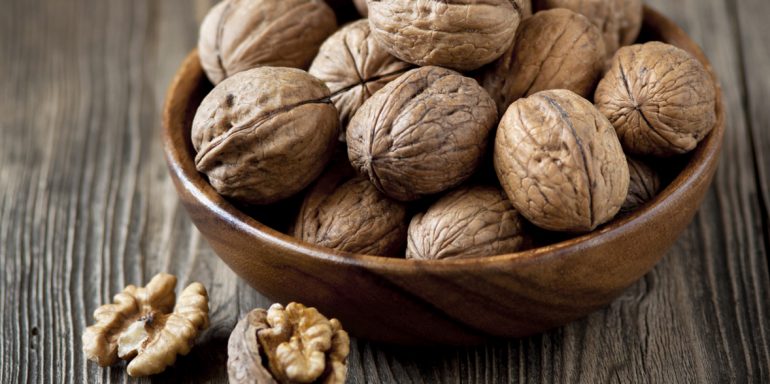
Better vision in sight: blueberry
The blueberry ripens during the summer solstice and is a key ingredient of many culinary delights. In medicine, the blueberry is used in ophthalmology on the one hand and, on the other hand, the dried berries are effective in treating diarrhoea.
The blueberry’s (Vaccinium myrtillus L.) effect on night vision, which is improved if the fruit is consumed on a regular basis, is simply astonishing. As early as the Middle Ages, the scholar Hildegard of Bingen, described the effect of the blueberry in her texts. She recommended taking dried berries for bloody diarrhoea and fresh berries for poor vision. British military pilots realised the spectacular effect of the blueberry on vision during the Second World War: their night vision was markedly better after they ate blueberry jam. Scientists were able to identify the active ingredients which are today used as medication for poor vision.
Improving vision
The elasticity of the ocular muscles is stabilised by the antioxidant anthocyanidins, because they protect the blood vessel walls against free radicals. Vision is therefore improved at dusk and during the night. Conventional medicine uses blueberry extracts to treat retinal diseases. The standardised preparation, Myrtaven, is only available on prescription, because retinal diseases require a medical diagnosis.
Furthermore, the blueberry with its tannins seals inflamed mucous membranes in the digestive tract, reduces inflammation and inhibits diarrhoea.
Up to 30 years old
The blueberry is a dwarf shrub which grows up to 80 centimetres tall. Its green twigs grow very densely and upright. The plant prefers barren soil in partial shade and can survive at altitudes of up to 2,350 metres. The green leaves are two to three centimetres long and glandularly-serrated to fine-toothed. The nodding flowers grow individually from the leaf axil: green protruding from the pedicel and getting redder and redder towards the corolla. In spite of its lignified twigs, the blueberry is only deciduous. Its leaves turn dark red in autumn. It can be up to 30 years old, reproduces via runners and can cover areas spanning several thousand square kilometres.
Tea blend for diarrhoea
60 g Myrtillus fructus siccum (dried blueberries) and 40 g Matricariae flos (dried camomile flowers). Add one tablespoon of the mixture to 2.5 dl of cold water, briefly bring to the boil, allow to steep for 10 min. and then pour through a sieve. Drink when tepid without sugar and in sips. Sugar encourages the growth of pathogenic intestinal flora, which is why no sugar should be consumed in case of diarrhoea.
Other uses in case of diarrhoea
Chew well and swallow about 15 dried blueberries several times a day; daily dose: 20 to 60 g. Take blueberry juice mixed with quark several times a day.
Blueberry juice
Squash 3 kg of fresh berries and mix with 2 l of water and 40 g of citric acid. Cover and set aside for 24 hours, stirring occasionally. Then filter the juice and add 750 g of sugar per litre, briefly heat through, dissolve well and immediately pour into bottles which have been rinsed in hot water.



Newsletter
Find out more about current health issues every month and get all the information you need about our attractive offers from all Helsana Group companies * delivered by e-mail to read whenever it suits you. Our newsletter is free of charge and you can sign up here:
We did not receive your information. Please try again later.
* The Helsana Group comprises Helsana Insurance Company Ltd, Helsana Supplementary Insurances Ltd and Helsana Accidents Ltd.